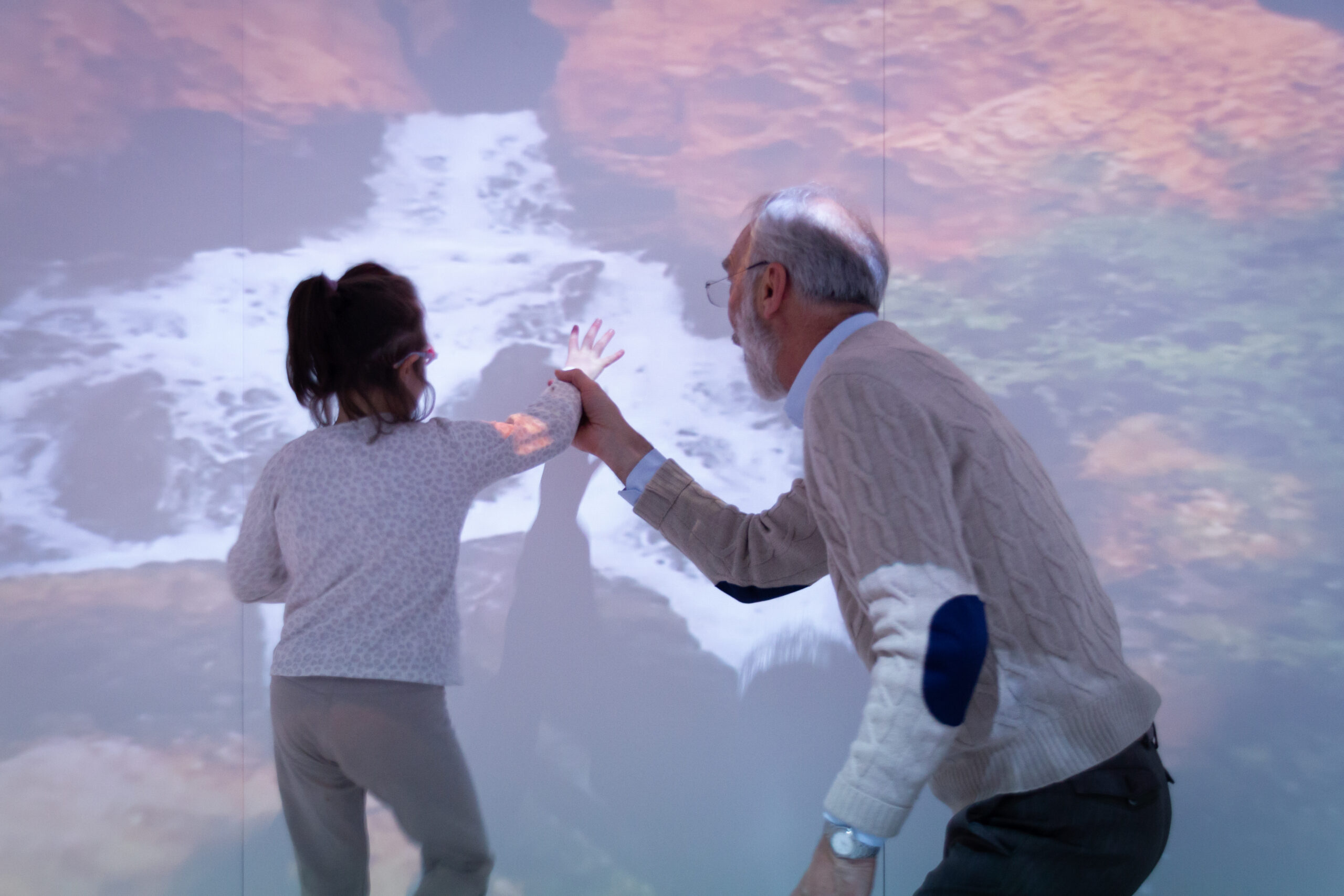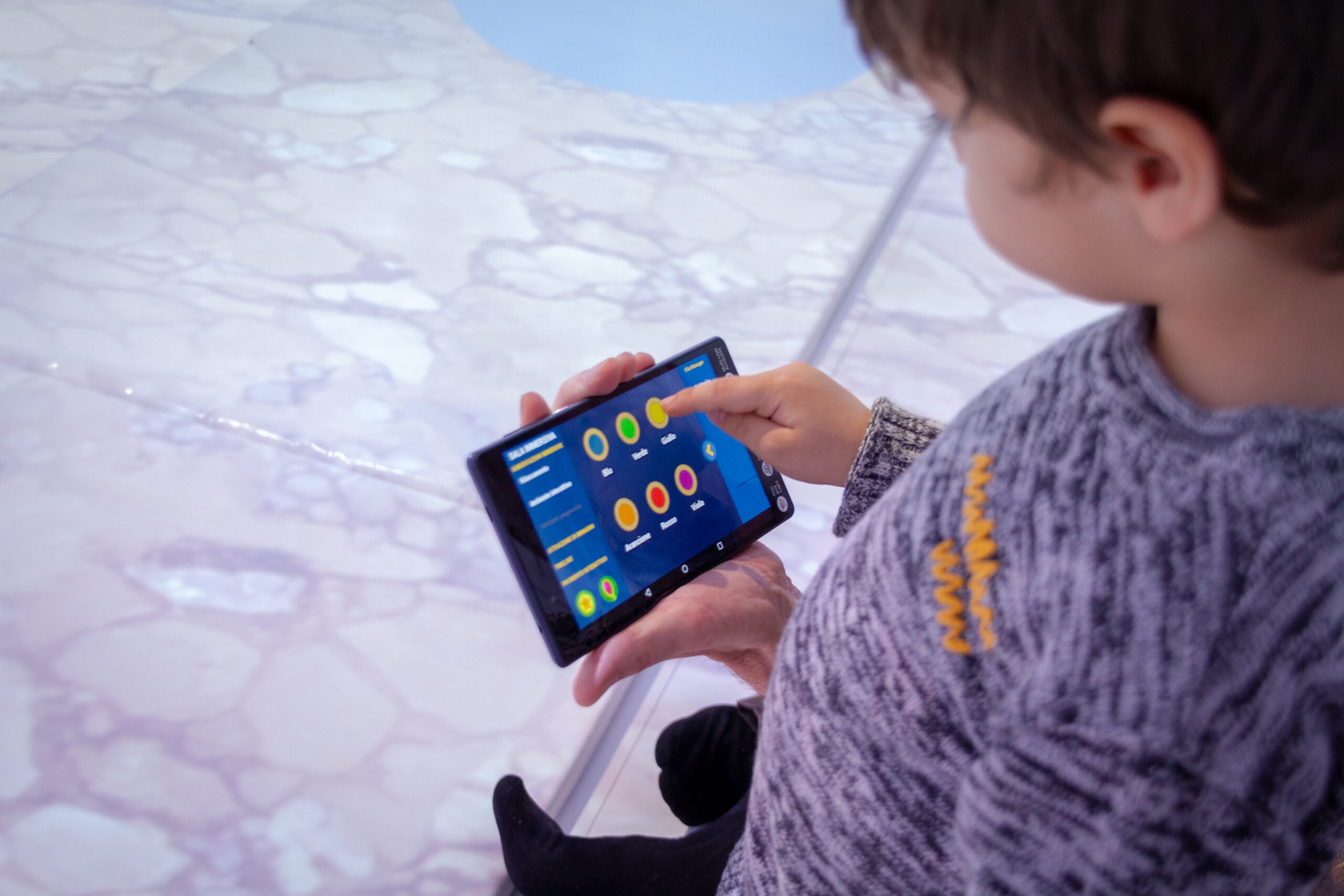THE CARE INTERACTIVE ROOM® IN CHILDHOOD
The virtual immersive room, which we call Care Interactive Room®, is the result of a collaboration between the Zamperla Group and the Rehabilitation Centre Villa Maria in Vicenza, Italy. The cooperative initiative began in 2018 under the technical-scientific coordination of Dr. Roberto Tombolato, and is now being further developed by Z+Health srl.
The Care Interactive Room® has the potential to facilitate and enhance cognitive and attribution ability in children with intellectual disabilities. Full immersion of the users inside the virtual reality (VR) and augmented reality (AR) computer-generated environment maximises engagement and responsiveness.
WE DESIGN AND BUILD MULTI-SENSORY IMMERSIVE ROOMS FOR CHILDREN WITH SPECIAL NEEDS AND SPECIFIC GOALS OF RELAXATION OR STIMULATION
Pleasant and relaxing visual and auditory settings help reduce the amount of hyperactivity, restlessness or impulsiveness. Similarly, engaging and interesting situations stimulate apathetic and incurious individuals.
WE PROVIDE INDIVIDUALISED, STRUCTURED ENABLING / REHABILITATION PATHWAYS
for children in an immersive, engaging and highly rewarding environment, offering them important neurocognitive stimuli.
The content is arranged into therapy modules with different degrees of complexity and different enabling goals. The modules have been developed with the contribution of the psychiatrists, psychologists and therapists of the Rehabilitation Centre Villa Maria. Access to the modules is managed by the therapists. Interaction between users and the room is either controlled and detected by sensors, video mapping and body tracking software, or manually managed by the therapists.
USERS BENEFIT FROM COGNITIVE AND RELATIONAL ENABLING, REHABILITATION, OR ENHANCING PATHWAYS
In children with autism spectrum disorders, cognitive rehabilitation is of fundamental importance to strengthen and, in some cases, enhance those skills that have not developed and consolidated spontaneously at a cognitive and relational level. The rehabilitation model includes a set of interventions aimed at identifying and enhancing the individual’s potential for a better-quality life, keeping replacement support to the minimum and relying on a higher active engagement of the child.
It is important to combine interventions aimed at strengthening skills and cognitive processes with those aimed at acquiring metacognitive and attributional skills.
CONTACT US FOR MORE INFO






